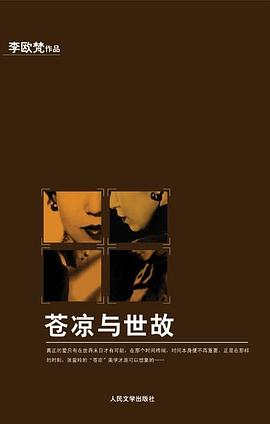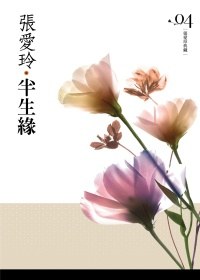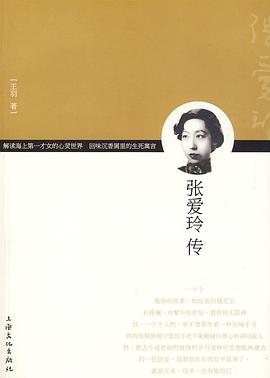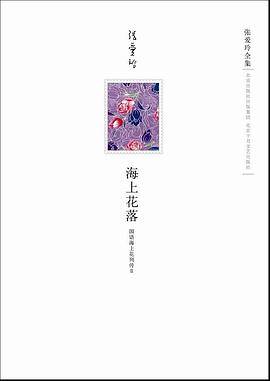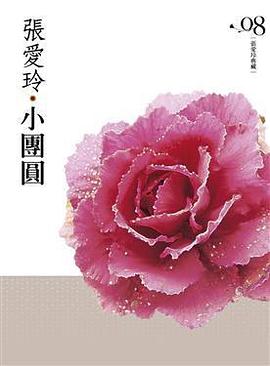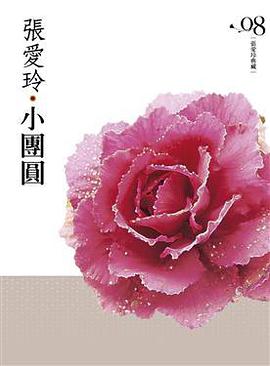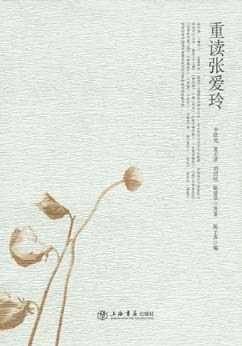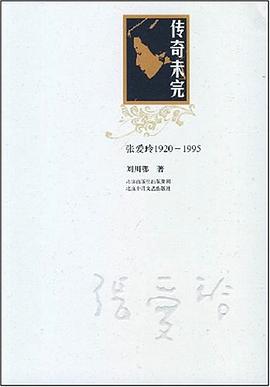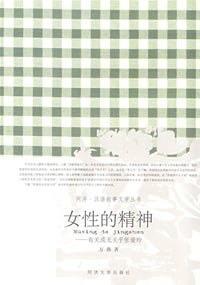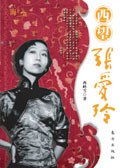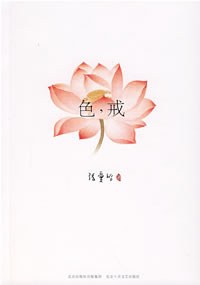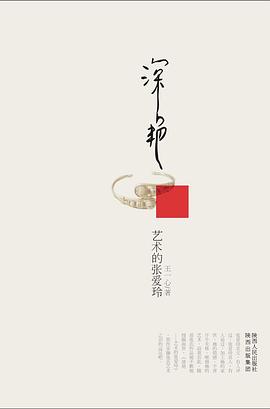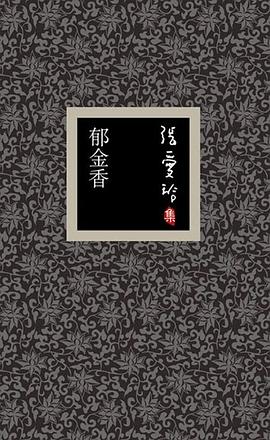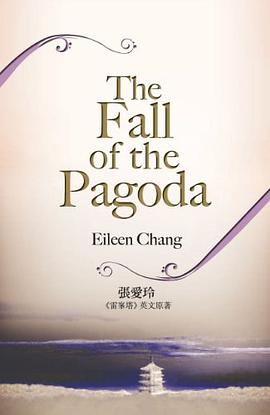

具体描述
The Fall of the Pagoda, the first of two semi-autobiographical novels written originally by Eileen Chang in English, depicts in gripping detail her childhood years in Tianjin and Shanghai, while The Book of Change revolves around her wartime student days in Hong Kong. The Fall of the Pagoda introduces a young girl (called Lute) growing up amid many family entanglements with her divorced mother and spinster aunt during the 1930s in Shanghai’s International Settlement. Both novels shed light on the construction of selfhood in Chang’s other novels, through lengthy discussions of Chang’s difficult relationship with her selfishly demanding mother as well as of intricate dynamics in the extended families who emerged from aristocratic households of the late Qing Dynasty. While the main characters belong to the new Republican period, their worldviews and everyday life are still haunted by the shadows of the past.
Eileen Chang is now recognized as one of the greatest modern Chinese writers, though she was completely erased from official histories in chinese mainland. She was the most popular writer in Japanese-occupied Shanghai during World War II, with English and Chinese stories focusing on human frailties rather than nationalist propaganda. For her non-committal politics and idiosyncrasies, she was boycotted by fellow writers after the war and forced to the margins of literary respectability.
"The Fall of the Pagoda begins as a comedy of manners and gradually evolves into a gothic thriller… Contradictions and aberrations are the norm in Lute’s family. This is a household immersed in a decaying grandeur amid the intoxicating smell of opium, but it never hesitates to pursue new and exotic things from automobiles to movies. Desolation and decadence rule. Lute’s father indulges himself in debauchery while her mother could not wait to become a Nora of New China. Nevertheless, both share the disposition to squander family fortune ruthlessly; children are their last concern. The Russian Revolution, the creation of Manchukuo, and the Second Sino-Japanese War take place one after another in the novel, but except for momentary disturbances, nothing affects the family which is already engulfed by its own corruption." — From the Introduction by David Der-wei Wang, Harvard University
Eileen Chang is now recognized as one of the greatest modern Chinese writers, though she was completely erased from official histories in chinese mainland. These previously unpublished, semi-autobiographical novels depict in gripping detail her childhood years in Tianjin and Shanghai, as well as her student days in Hong Kong during World War II, and shed light on the construction of selfhood in her other novels.
用户评价
##末代闺秀 ——读《雷峰塔》 在中华民族饱经忧患、绵长悠久的历史画卷中,清王朝治下的中国与它之前的大部分王朝一样,也曾让神州大地焕发过盛世的灿烂光彩。然而,国门之外遥远的大不列颠岛上,一只轰鸣的火车头上喷出的第一缕蒸汽,终于成为一只蝴蝶引发海啸的振翅,在...
评分 评分##「看見沒有?」秦干指著先生案上的板子。沒有琵琶想象中大,六寸長,一塊不加漆的木頭,四角磨光了,舊得黑油油的,還有幾處破裂過,露出長短不齊的木纖維,已經又磨光了。擱在銅器磁器間極不相稱,像是有什麼法力,巫醫的細枝或是聖骨擱在禮器裏。(雷峯塔,1957 - 1964) He ...
评分 评分##不得不说爱玲的英文真是蛮晦涩的。
评分 评分 评分##《張愛玲與【蘇三不要哭!】》 -再讀《雷峰塔》與《易經》 那是一個《Oh,Susanna!》變成了《蘇三不要哭!》的年代。黎錦暉的歸化翻譯,詼諧到土得掉渣,卻絕妙而不失入鄉隨俗;王人美的甜美演唱,扭捏得真心實意地賣力氣,畢竟害羞,還是帶了那麼一點兒不好意思。於是乎,一...
评分相关图书
本站所有内容均为互联网搜索引擎提供的公开搜索信息,本站不存储任何数据与内容,任何内容与数据均与本站无关,如有需要请联系相关搜索引擎包括但不限于百度,google,bing,sogou 等
© 2025 book.tinynews.org All Rights Reserved. 静思书屋 版权所有

